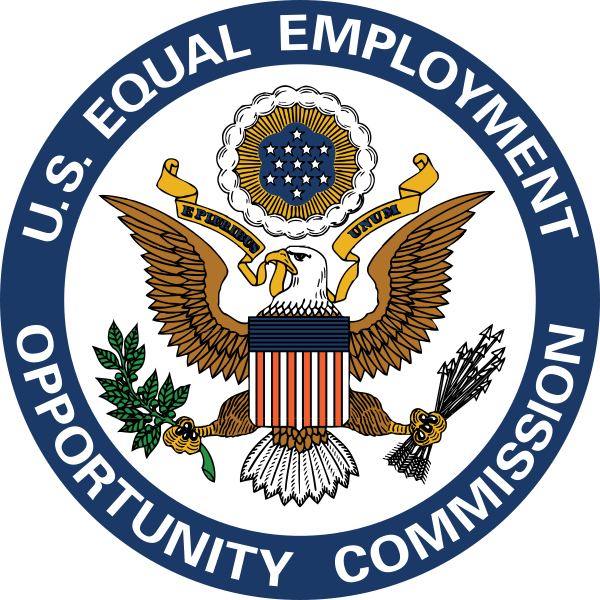Search
USERRA + ADAAA = 11 letters and many more HR issues
 Quick quiz:
Quick quiz:
- What protections does the ADA provide to veterans with disabilities?
- When is a veteran with a service-connected disability protected by the ADA?
 Quick quiz:
Quick quiz:
- What protections does the ADA provide to veterans with disabilities?
- When is a veteran with a service-connected disability protected by the ADA?
As the year draws to a close, let’s take a look back at the most popular posts at The Employer Handbook in 2011, based on number of hits:
5. Social media and the workplace. School teacher Natalie Munroe made several appearances on the blog this year. Remember her? She was the blogging school teacher who wrote that her students were “utterly loathsome in all imaginable ways.” Although, Ms. Munroe eventually returned to work, her experience is a sound reminder to always think twice before hitting “send.” You can read the fifth-most-popular post, “Yes, you CAN discipline employees who abuse social media” here.
4. I’m a poet and I don’t even know it. I’m not sure what inspired the fourth-most-popular post. It must have been a slow news day. How else do I come up with the idea to Haiku — verbing a noun, sorry — about recent employment-law decisions from the U.S. Supreme Court?
Last month, the Supreme Court handed down – if not the most important – certainly, the highest-profile decision of this term with Wal-Mart v. Dukes. However, in addition to this headline-grabber, this term saw four other significant employment-law decisions from the High Court about which employers must take note.
After the jump, I revisit each case…in haiku.
* * *
 Just over a month ago, the Supreme Court unanimously held that an employer violates Title VII of the Civil Rights Act if it takes action against an employee who is in the same “zone of interest” as another employee who complains about unlawful harassment in the workplace.
Just over a month ago, the Supreme Court unanimously held that an employer violates Title VII of the Civil Rights Act if it takes action against an employee who is in the same “zone of interest” as another employee who complains about unlawful harassment in the workplace.
Yesterday, in an opinion written by Justice Antonin Scalia, the Court in Staub v. Proctor Hospital once again unanimously made it easier for individuals to pursue discrimination claims against their current and former employers. You can read a copy of the Court’s opinion here.
My analysis and the immediate impact this opinion will have on employers after the jump.